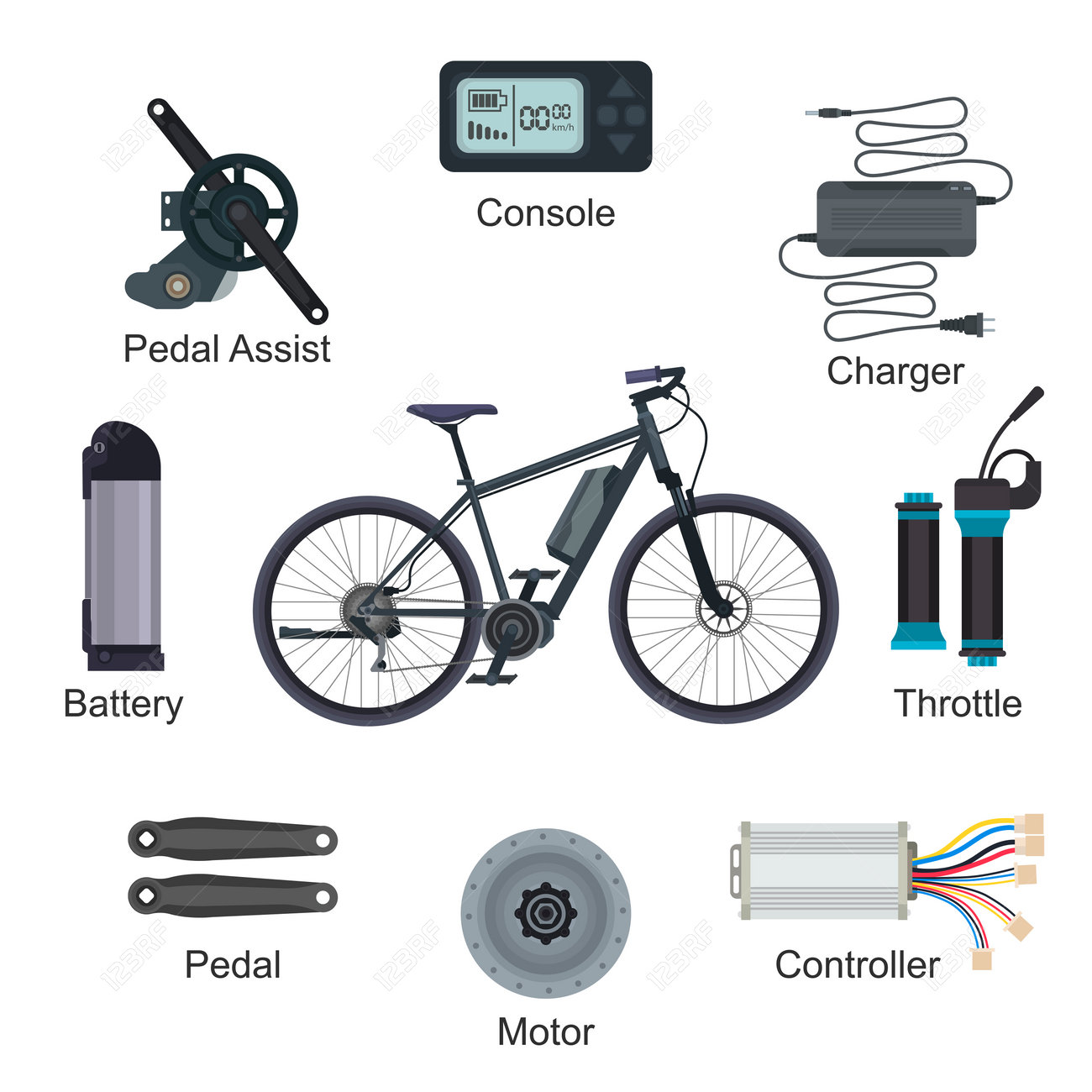A Comprehensive Guide For Beginners On E-Bike Regulations And Rules In Your Area
A Comprehensive Guide For Beginners On E-Bike Regulations And Rules In Your Area
Blog Article
Posted By-Spivey Rose
Before you hop on your e-bike and struck the streets, it's important to recognize the legislations and regulations that regulate your city. From speed limits to assigned riding areas, there's a lot to consider to ensure you're compliant and safe. By familiarizing on your own with the guidelines certain to e-bikes, you'll be much better outfitted to enjoy your adventures with no unforeseen lawful concerns. Remain tuned to uncover crucial understandings that will assist you browse the e-bike landscape in your city perfectly.
Understanding E-Bike Classification
When it involves navigating the realm of e-bike legislations and regulations, a vital beginning factor is recognizing the classification system that classifies these electrical bicycles. E-bikes are usually classified into three major classifications: Course 1, Course 2, and Class 3.
Class 1 e-bikes are pedal-assist just, suggesting they supply assistance while the rider is pedaling and have a maximum speed of 20 miles per hour. These bikes are allowed in locations where standard bicycles are allowed.
Course 2 e-bikes are geared up with a throttle that can move the bike without pedaling. They also have a maximum speed of 20 miles per hour and are suitable for bikers that might require aid without pedaling continuously.
Class 3 e-bikes are similar to Class 1 but with a greater maximum speed of 28 mph. These bikes are often restricted from specific bike courses or routes because of their greater rates.
Understanding these categories is necessary for adhering to neighborhood guidelines and making sure a secure and pleasurable e-biking experience.
Browsing Speed Limitations and Limitations
To successfully navigate e-bike legislations and policies, it's essential to recognize the speed limitations and limitations that relate to different classes of electric bicycles.
Speed limitations for e-bikes differ relying on the classification of the bike. Class 1 e-bikes, which are pedal-assist only and have a maximum speed of 20 mph, are typically permitted on bike lanes and paths.
Class 2 e-bikes, which have a throttle in addition to pedal-assist and also get to rates of approximately 20 miles per hour, might be limited in particular locations where motorized vehicles aren't permitted.
Class 3 e-bikes, with pedal-assist approximately 28 mph, are usually required to follow the same guidelines as traditional bikes.
It's important to comply with these speed limitations and limitations to ensure your safety and security and the safety and security of others on the road. Before riding your e-bike, acquaint yourself with the particular regulations in your city to prevent any type of possible penalties or legal problems.
Where to Trip Your E-Bike
To determine where you can ride your e-bike, it's necessary to understand the guidelines and standards particular to your place. In many areas, e-bikes are commonly allowed on roadways and roads where typical bikes are permitted. you could try these out might include bike lanes, bike courses, and shared streets. Nevertheless, https://www.pearltrees.com/zugobike to inspect regional legislations as some cities may have certain restrictions on where e-bikes can be ridden.
When riding your e-bike, always prioritize safety by following web traffic guidelines and respecting pedestrian walkways. Furthermore, be mindful of any type of assigned bike lanes or courses in your area and use them whenever possible to make sure a smoother and more secure ride.
Some cities additionally have regulations pertaining to e-bike use on walkways, so make sure to acquaint yourself with these guidelines to prevent any fines or penalties.
Final thought
Now that you're familiar with the laws and policies surrounding e-bikes in your city, you can with confidence hit the road recognizing where you can ride and what restrictions relate to your e-bike category. Remember to constantly prioritize security and comply with the guidelines to make sure a smooth and legal ride. Happy riding!
